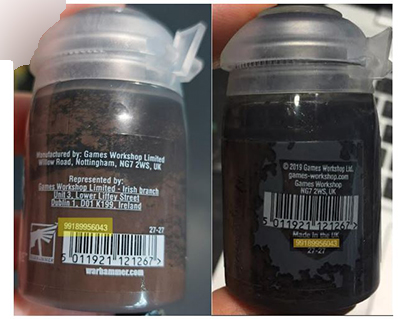methylchloroisothiazolinone
Methylchloroisothiazolinone, also referred to as MCI, is the organic compound with the formula S(C2HCl)C(O)N(CH3). It is a white solid that melts near room temperature.
It is found in many water-based personal care products and cosmetics. It was first used in cosmetics in the 1970s. It is also used in glue production, detergents, paints, fuels, and other industrial processes. Methylchloroisothiazolinone is known by the registered tradename Kathon CG when used in combination with methylisothiazolinone. Methylchloroisothiazolinone may be used in combination with other preservatives including ethylparaben, benzalkonium chloride, bronopol and phenoxyethanol.
Hazards
Methylchloroisothiazolinone can cause allergic reactions in some people. The first publication of the preservative as a contact allergen was in 1988. Cases of photoaggravated allergic contact dermatitis, i.e. worsening of skin lesions after sun exposure, have also been reported. In pure form or in high concentrations, methylchloroisothiazolinone is a skin and membrane irritant and causes chemical burns. In the United States, maximum authorized concentrations are 15 ppm in rinse-offs (of a mixture in the ratio 3:1 of 5-chloro-2-methylisothiazol 3(2H)-one and 2-methylisothiazol-3 (2H)-one).[6] In Canada, methylchloroisothiazolinone may only be used in rinse-off products in combination with methylisothiazolinone, the total concentration of the combination may not exceed 15 ppm.
Source and more information: https://en.wikipedia.org/wiki/Methylchloroisothiazolinone


